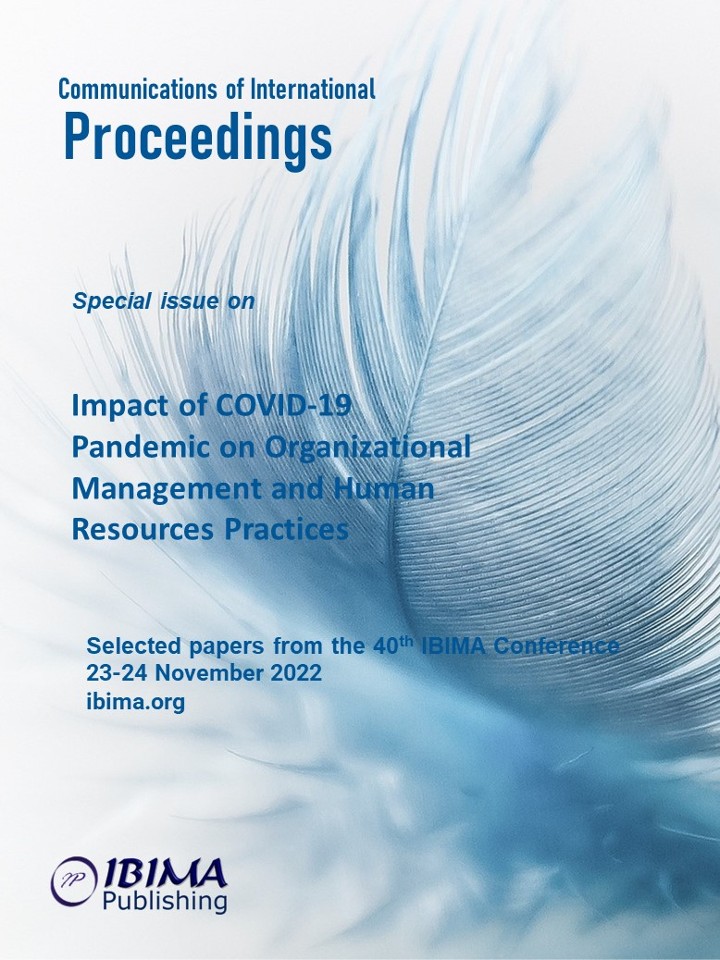
Valery V. SMIRNOV, Anna N. ZAKHAROVA, Galina S. DULINA, Nina G. GUBANOVA, Tamara V. TALANOVA, Julia Y. KLYKOVA and Moris N. Yaklashkin
Chuvash State University, Cheboksary, Russia

Relevance of the analysis into the development of the Russian youth entrepreneurship amid COVID-19 pandemic is related to the increase in income stratification among states and within society, as well as to the youth policy actively implemented by the state. A new COVID-19 pandemic has shown that more ambitious and inspired young people return to running their business, investment into it and its development after lifting the restriction measures. The purpose of the study is to find out opportunities of the development of the Russian youth entrepreneurship amid COVID-19 pandemic.
To analyze the development of the Russian youth entrepreneurship there have been applied methods of statistical, neural network and cluster analysis including statistical indicators processing, their systematization, graph and table representation. Statistical analysis reveals strategic priorities and sets tactical objectives. Neural network analysis finds out patterns in the object (occurrence) change through neural network building. The application of the cluster analysis is stipulated by the supplement of the probabilistic causality with cohesion of activity changes being estimated.
Scholarly works, methodical elaborations of the leading Russian and foreign scholars as well as legislative and regulatory framework in business lay the theoretical and methodological foundation of the research. Solutions to scientific problems are implemented through systematic analysis and scholarly generalization. The research results, conclusions and recommendations are based on a comprehensive approach.
The research reveals population growth in the 30-34 and 35-39 age groups in the urban and rural areas and decrease in urban population of the 15-19 and 20-24 age groups and in rural population of the 15-19 age groups. A high business activity is observed in such fields like construction; professional, scientific and engineering activity; culture, sport, leisure and entertainment activity.
The study reveals an active concentration of youth entrepreneurship in the 30 -35 age group in construction, professional, scientific and engineering, in the field of culture, sports, leisure and entertainment, as well as extraction of minerals, electricity, gas and steam supply; air conditioning. An opportunity of forming youth clusters is observed: “Activities in operations with real estate”, “Agriculture, forestry, hunting, fishing and fish farming”, “Education”, “Extraction of minerals “, “Administrative activities and related ancillary services” for the 15-19 age group; “Activity on operations with real estate”, “Provision of electricity, gas and steam; air conditioning” for the 30-34 age group. The results of the analysis into the development of Russian youth entrepreneurship indicate an uneven opportunity for young people of different age groups to master types of economic activity.
The revealed uneven opportunity for young people of different age groups to master types of economic activity amid COVID-19 pandemic enables public authorities to connect youth policy objectives and national security strategies of the Russian Federation. Theses of the research broaden the knowledge sphere and develop competencies of the Russian Federation government to implement the provisions of the Federal Law “On Youth Policy in the Russian Federation” within the context of the national security strategy.